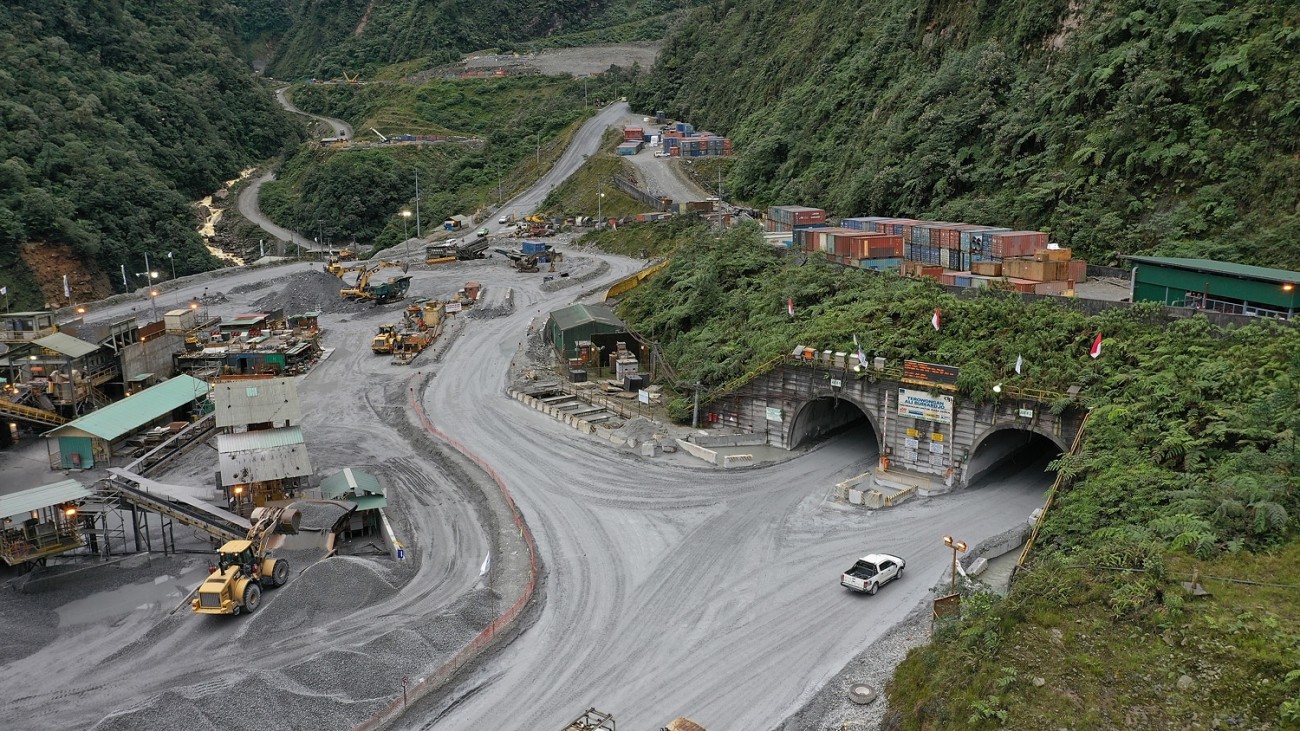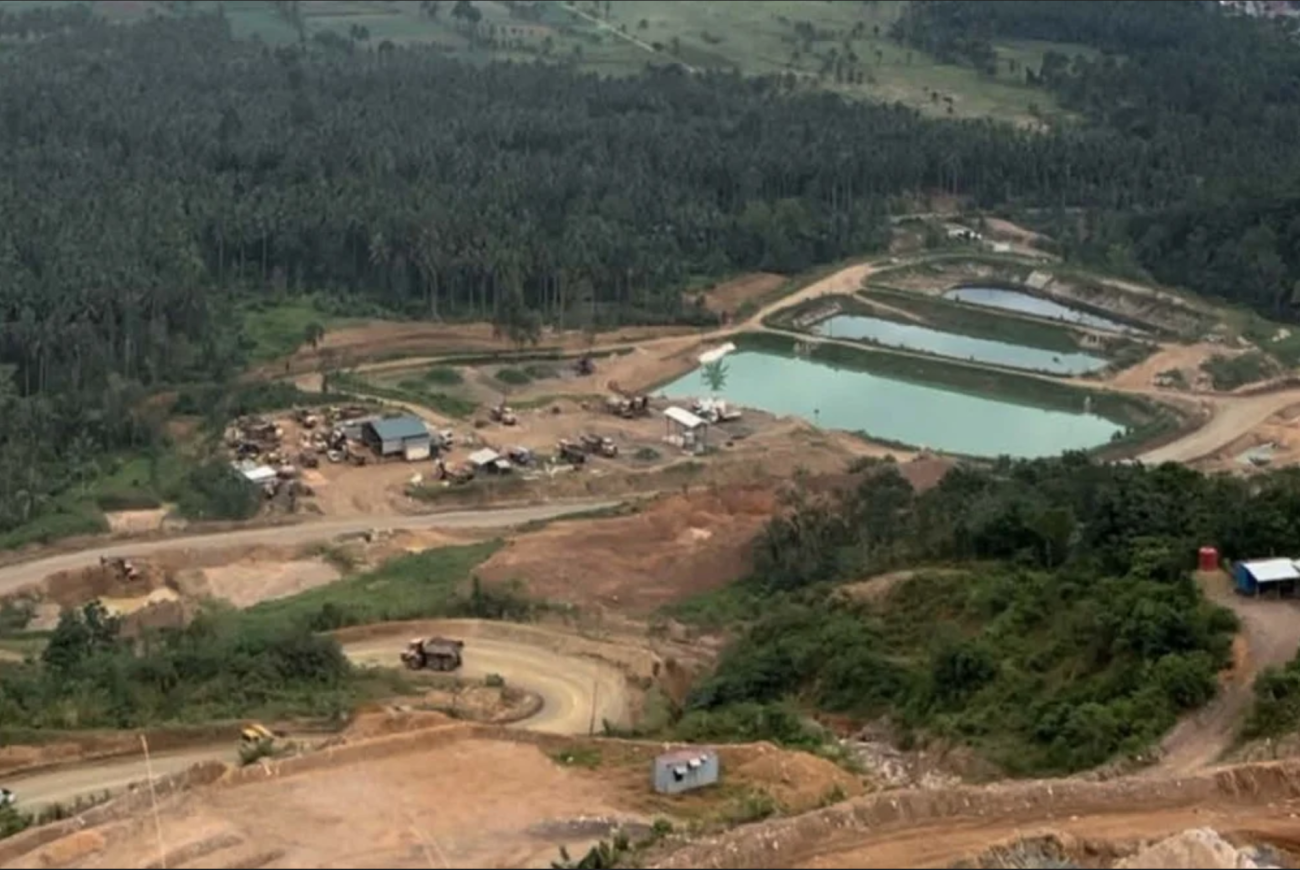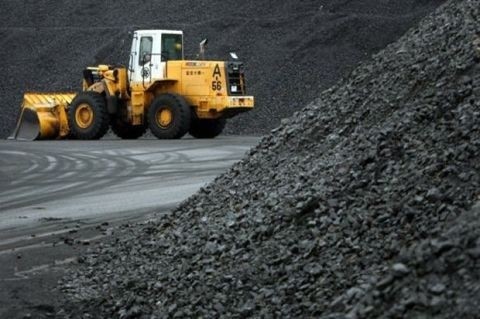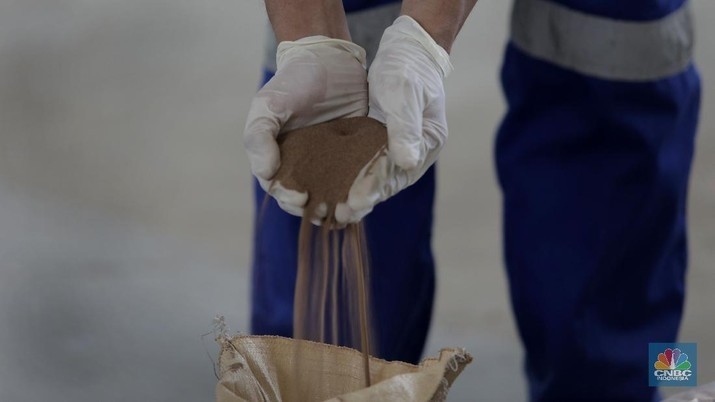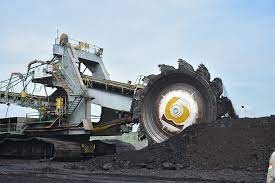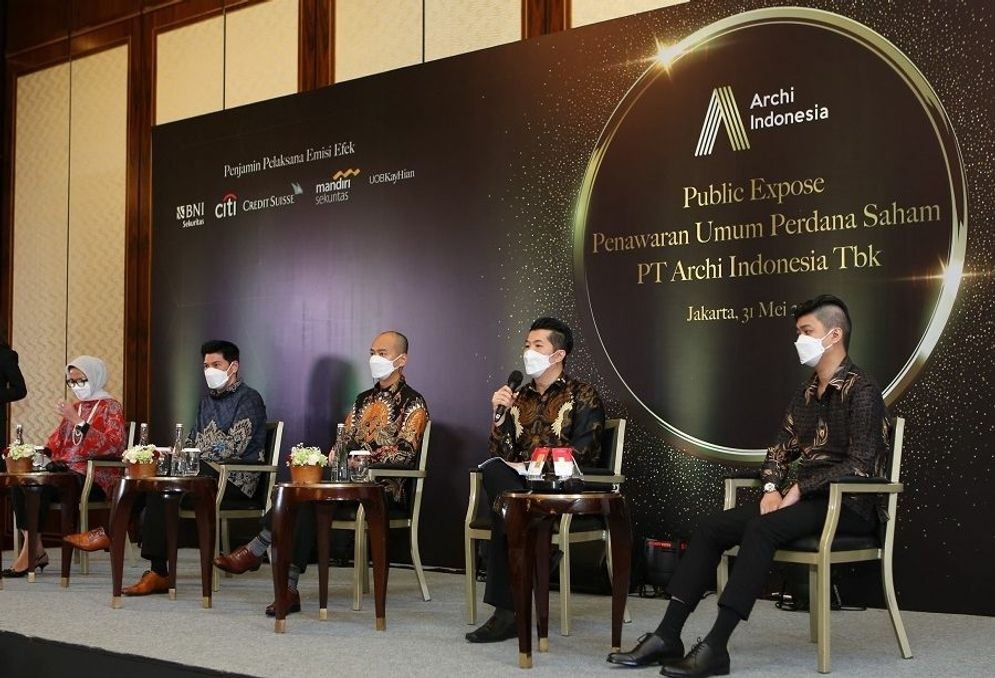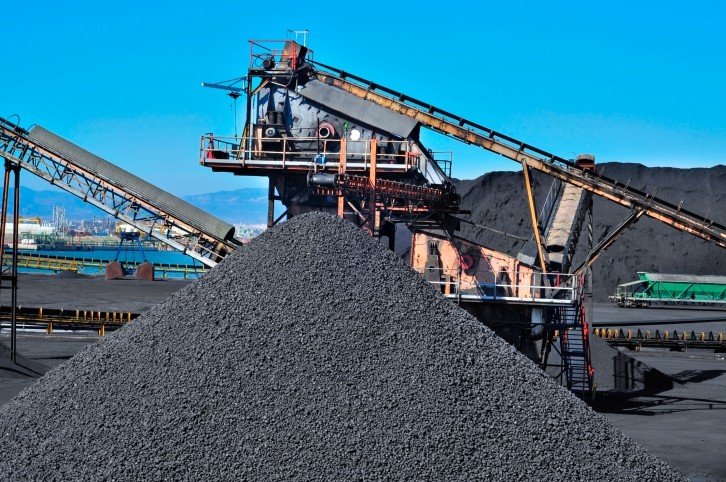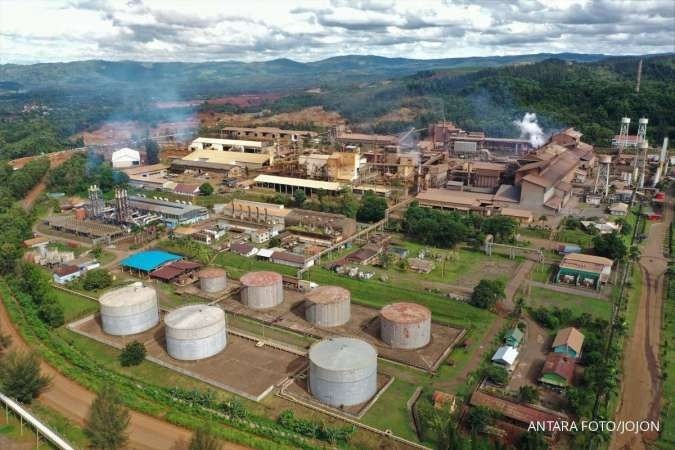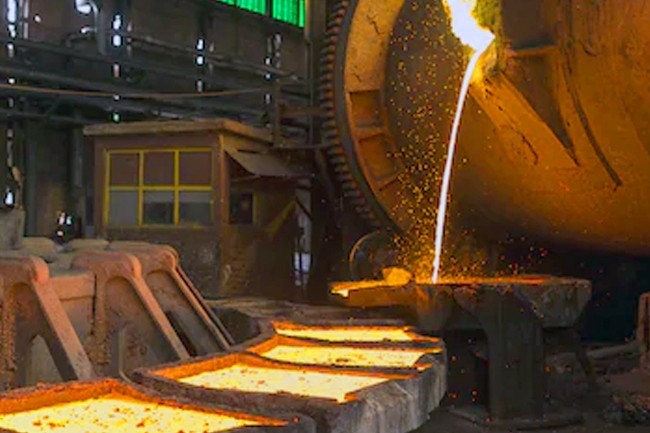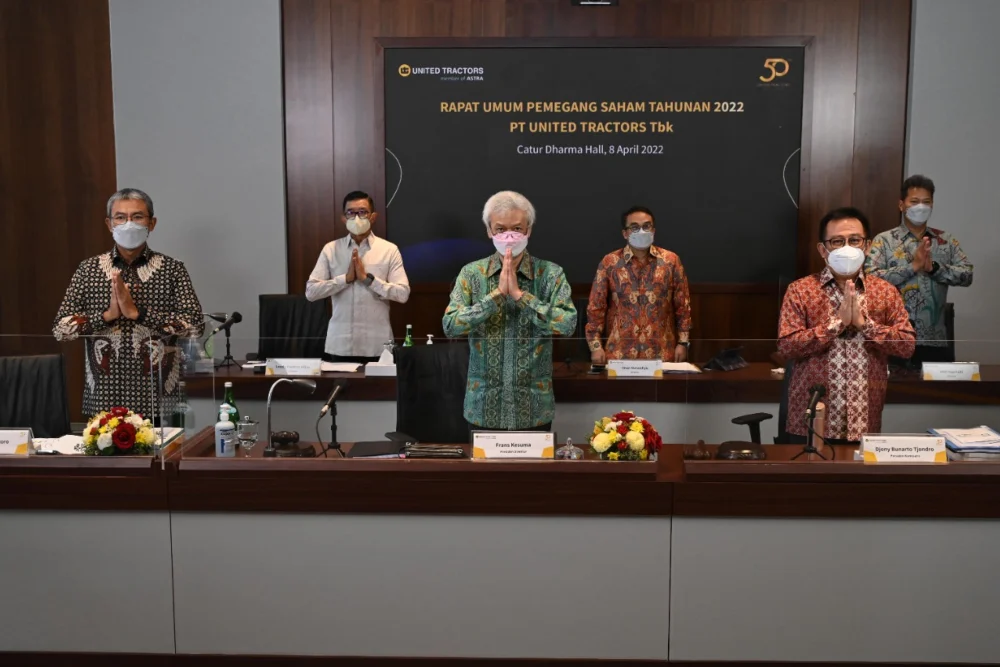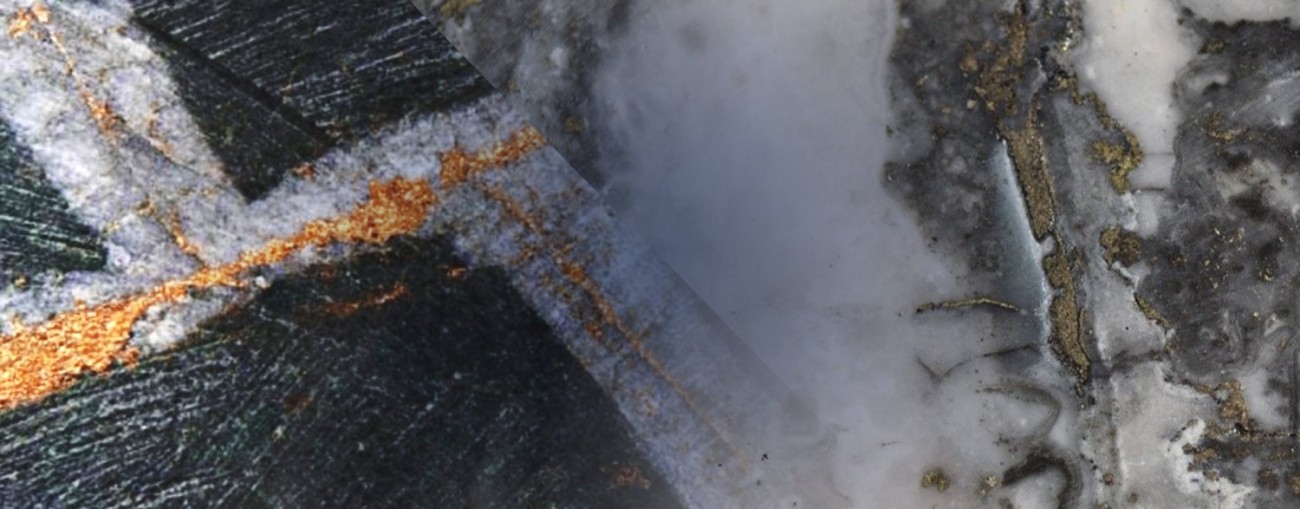Ministry of Energy and Mineral Resources designates 47 mining commodities as critical minerals
CNBC Indonesia/Tri Susilo
4239 Views
The Indonesian government, through the Ministry of Energy and Mineral Resources (ESDM), has classified 47 types of mining commodities as critical minerals. This decision is outlined in Ministerial Decree No.296.K/MB.01/MEM.B/2023 concerning the Determination of Commodity Types Classified as Critical Minerals. Minister of ESDM Arifin Tasrif issued this decree on September 14, 2023.So, what is the reasoning behind the government's classification of these 47 critical mineral commodities?In response to this question, Answering that question, Chairman of Association of Indonesia Mining Professionals (PERHAPI), Rizal Kasli said that one of the reasons behind the designation of 47 types of raw mineral commodities is to support the development of domestic strategic industries."These mineral resources are indeed needed to support domestic strategic industries. Furthermore, they can also contribute to the growth of industrialization in Indonesia," he stated in an interview with CNBC Indonesia on the Mining Zone program, quoted on Friday (October 20, 2023).Rizal mentioned another reason for classifying these 47 critical mineral commodities domestically is to enhance the defense and security sector within the country. This is because the 47 designated critical minerals are considered highly strategic for industrial growth."The urgency of this is indeed necessary because considering these critical minerals, firstly, they are very strategic for industries, especially domestic industries and those related to defense and security," he added.Additionally, Rizal noted that the designation of these 47 critical mineral types indicates a limited domestic supply."Although we have considerable resources and reserves for some groups of these critical minerals, this also needs to be considered for the future," he emphasized.In addition, he assessed that if the types of critical mineral commodities are not determined from now on, there is a possibility that Indonesia could be in short supply, because these minerals are allowed to be traded abroad."If we release them, it means we will not process them domestically, leading to a potential supply shortage in the future," he concluded.As per the Ministerial Decree, this decision was made by considering "that in order to ensure the supply of mineral raw materials for strategic industries in the country and improve the national defense and security economy, it is necessary to establish criteria and classification of minerals classified as critical minerals."The Ministerial Decree from the Ministry of ESDM comprises six key points. In the second point, it is stated that "Critical Minerals, as referred to, are minerals that are of crucial importance for the national economy and national defense and security, with the potential for supply disruption and no suitable substitutes."Here is the list of 47 mining commodities classified as critical minerals:1. Aluminum, derived from bauxite mining commodities.2. Antimony, derived from antimony mining commodities.3. Barium, derived from barite mining commodities.4. Beryllium, derived from beryllium mining commodities.5. Iron, derived from iron ore and iron sand mining commodities.6. Bismuth, derived from bismuth mining commodities.7. Boron, derived from boron mining commodities.8. Cadmium, derived from cadmium mining commodities.9. Feldspar, derived from feldspar mining commodities.10. Fluorspar, derived from fluorspar mining commodities.11. Phosphorus, derived from phosphate mining commodities.12. Galena, derived from galena mining commodities.13. Gallium, derived from gallium mining commodities.14. Germanium, derived from germanium mining commodities.15. Graphite, derived from graphite mining commodities.16. Hafnium, derived from hafnium mining commodities.17. Indium, derived from indium mining commodities.18. Potassium, derived from potassium mining commodities.19. Calcium, derived from calcium mining commodities.20. Cobalt, derived from cobalt mining commodities.21. Chromium, derived from chromite mining commodities.22. Lithium, derived from lithium mining commodities.23. Rare Earth Metals, derived from rare earth metal mining commodities.24. Magnesium, derived from magnesium mining commodities.25. Manganese, derived from manganese mining commodities.26. Mercury, derived from cinnabar mining commodities.27. Molybdenum, derived from molybdenum mining commodities.28. Nickel, derived from nickel mining commodities.29. Niobium, derived from niobium mining commodities.30. Palladium, derived from palladium mining commodities.31. Platinum, derived from platinum mining commodities.32. Ruthenium, derived from ruthenium mining commodities.33. Selenium, derived from selenium mining commodities.34. Zinc, derived from zinc mining commodities.35. Silica, derived from quartz sand, quartzite, and crystal quartz mining commodities.36. Sulfur, derived from sulfur mining commodities.37. Scandium, derived from scandium mining commodities.38. Strontium, derived from strontium mining commodities.39. Tantalum, derived from tantalum mining commodities.40. Tellurium, derived from tellurium mining commodities.41. Copper, derived from copper mining commodities.42. Tin, derived from tin mining commodities.43. Titanium, derived from titanium mining commodities.44. Thorium, derived from thorium mining commodities.45. Tungsten, derived from tungsten mining commodities.46. Vanadium, derived from vanadium mining commodities.47. Zirconium, derived from zircon mining commodities.Image source: CNBC Indonesia/Tri SusiloSource: www.cnbcindonesia.com/47Komoditas RI Jadi Mineral Kritis Ternyata Ini Alasannya


